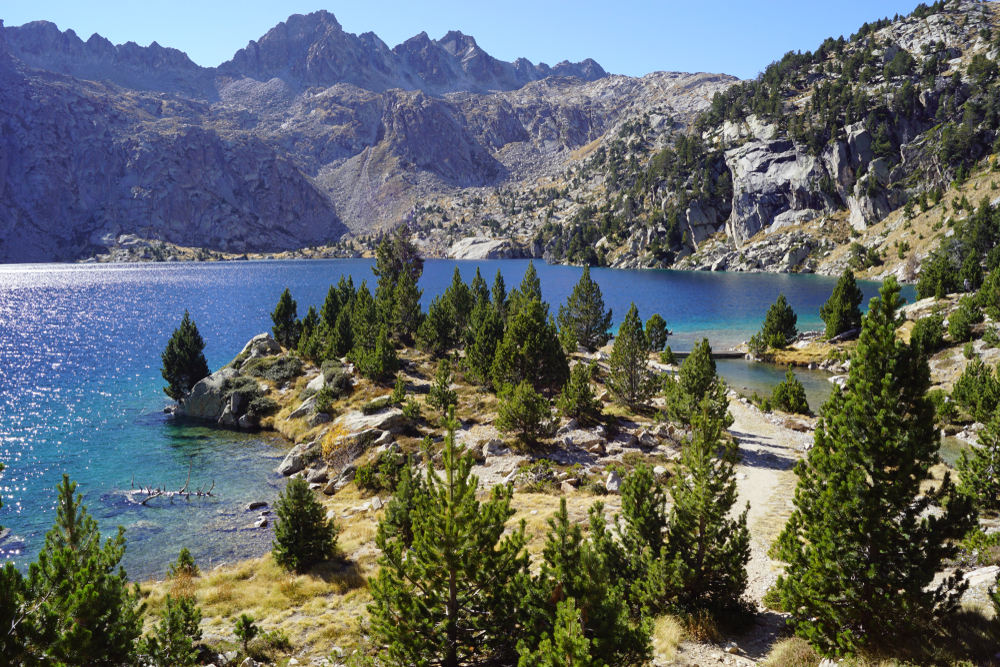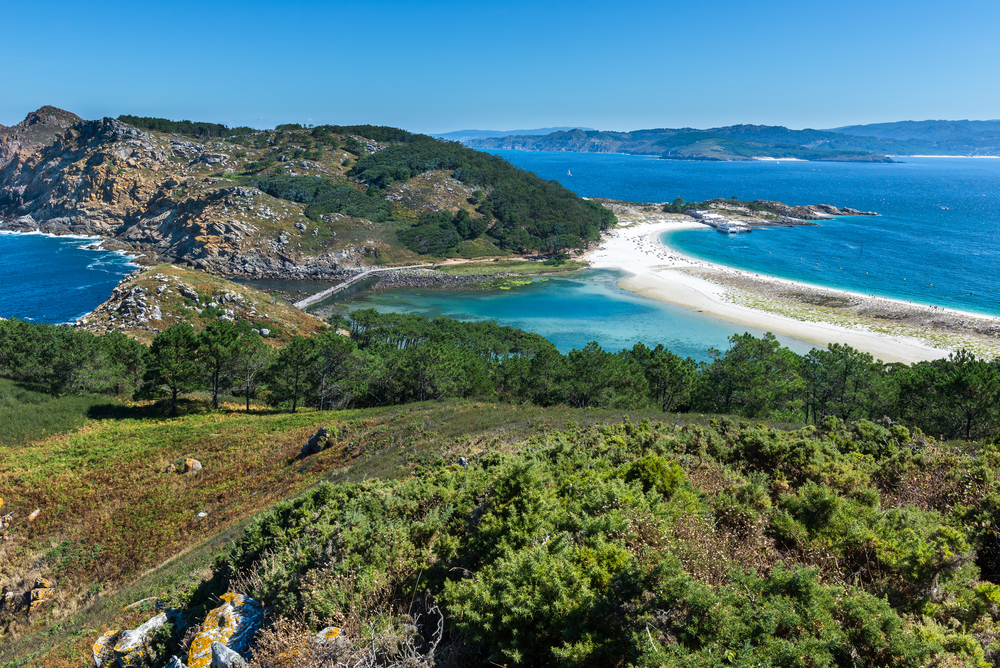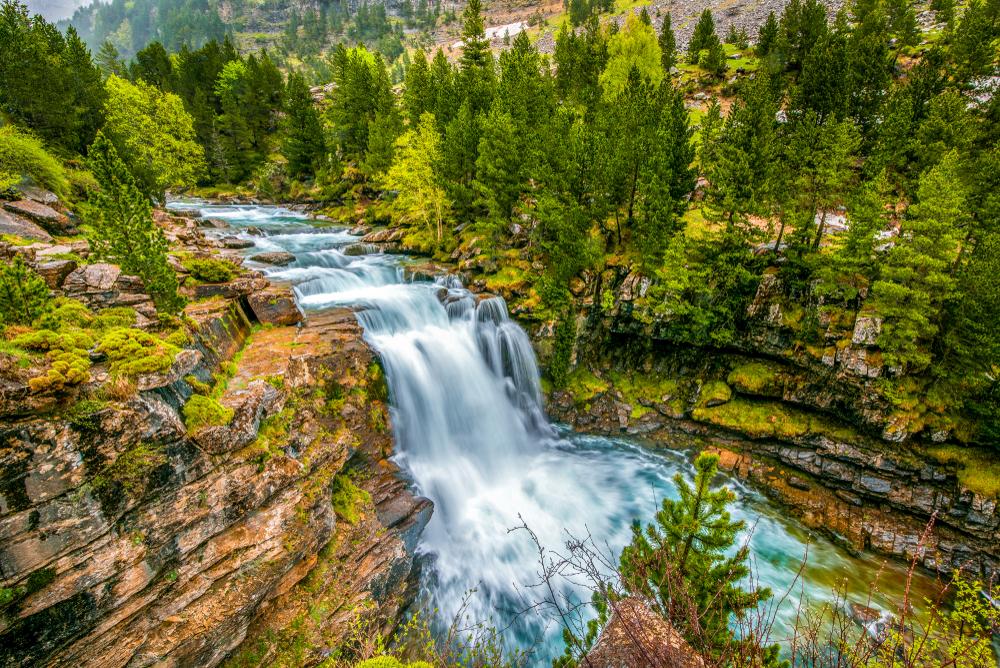Cabaneros Overview
Cabañeros National Park, known as Parque Nacional de Cabañeros in Spanish, is located in central Spain, spanning the provinces of Ciudad Real and Toledo in the autonomous community of Castilla-La Mancha.
Covering an area of approximately 157 square miles (407 square kilometers), the park is often referred to as Spain’s “Serengeti” due to its expansive plains and abundant wildlife. Established in 1995, the park is one of Spain’s premier protected areas, showcasing the unique Mediterranean forest and dehesa landscapes that have become increasingly rare in Europe. The park’s name originates from the traditional shepherd huts, or “cabañas,” that once dotted the landscape.
The terrain of Cabañeros National Park is defined by rolling plains, rugged hills, and dense Mediterranean forests, creating a diverse ecosystem that supports a wide range of flora and fauna. The mountains of the Montes de Toledo, including peaks such as Rocigalgo at 1,448 meters (4,751 feet), provide a dramatic backdrop to the park’s sprawling grasslands and oak woodlands.
The dehesa, a landscape shaped by centuries of pastoralism, is characterized by open meadows dotted with holm oaks and cork oaks, providing an ideal habitat for grazing animals and birds of prey. Seasonal rivers, such as the Estena and Bullaque, weave through the park, bringing life to the lush vegetation and attracting various aquatic species.
Cabañeros National Park is a haven for wildlife enthusiasts, offering a chance to observe some of Spain’s most iconic species. Among the large mammals, the Iberian red deer and wild boar are commonly seen roaming the vast plains, while the elusive Iberian lynx, one of the world’s most endangered feline species, has been making a slow but hopeful recovery in the region.
The park is also home to the European otter, genet, and fox, which thrive in its protected habitats. Birdwatchers flock to Cabañeros for its impressive raptor population, including the Spanish imperial eagle, one of the rarest eagles in the world, as well as the black vulture, golden eagle, and peregrine falcon. The wetlands and riverbanks attract species such as the black stork, adding to the park’s rich avian diversity.
One of the most popular attractions of the park is the wide-open rañas, vast plains that resemble the African savanna and provide excellent opportunities for wildlife viewing. These plains are particularly stunning during the autumn rutting season when the red deer engage in dramatic displays of dominance.
The Boquerón del Estena, a deep gorge carved by the Estena River, offers a scenic hiking route that showcases unique geological formations and a variety of plant species, including ancient ferns and Mediterranean shrubs. The visitor centers, such as Casa Palillos, provide insightful exhibitions about the park’s history, ecosystems, and conservation efforts.
Visitors to Cabañeros National Park can explore its landscapes through guided 4×4 safaris, which offer close-up encounters with the park’s wildlife while minimizing environmental impact. Hiking trails, ranging from easy walks to challenging routes through the Montes de Toledo, allow visitors to experience the beauty of the Mediterranean forest and its wildlife at their own pace.
Birdwatching excursions are popular, especially for those hoping to catch a glimpse of the majestic Spanish imperial eagle soaring above the landscape. The park also supports educational programs and sustainable tourism initiatives, ensuring that visitors leave with a deeper appreciation of its ecological value.
Cabañeros National Park has faced conservation challenges, particularly regarding habitat fragmentation and the historical risk of deforestation. The park was once threatened by plans to convert the land into a military training ground, but conservation efforts and public opposition led to its protection as a national park.
Today, conservation programs focus on habitat restoration, wildfire prevention, and the recovery of endangered species like the Iberian lynx. The park’s successful management has helped maintain the delicate balance between human activity and nature, setting a positive example for conservation in Spain.













































































